Three-Quarters of New US Generating Capacity in 2020 Will Be Renewable, EIA Says
GreenTechMedia
JANUARY 14, 2020
Energy Information Administration has confirmed what it and industry watchers predicted a year ago—that wind and solar power will expand on their already-large share of new U.S. gigawatts of natural gas-fired plants to come online this year. gigawatts of natural gas-fired plants to come online this year.


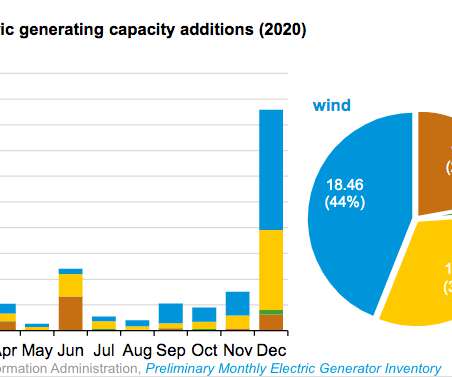

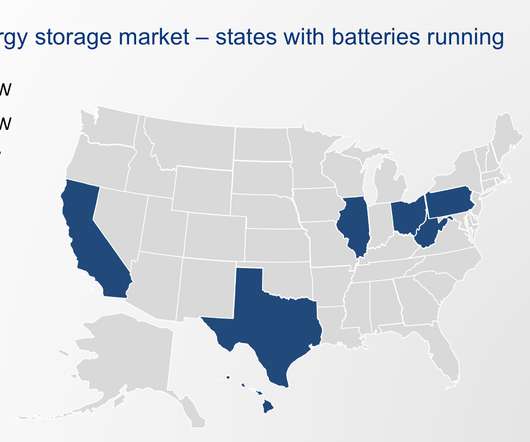
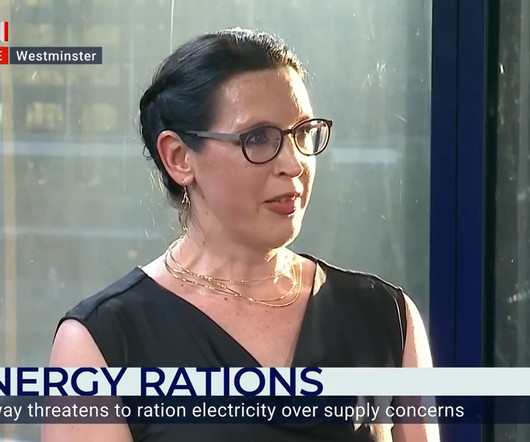
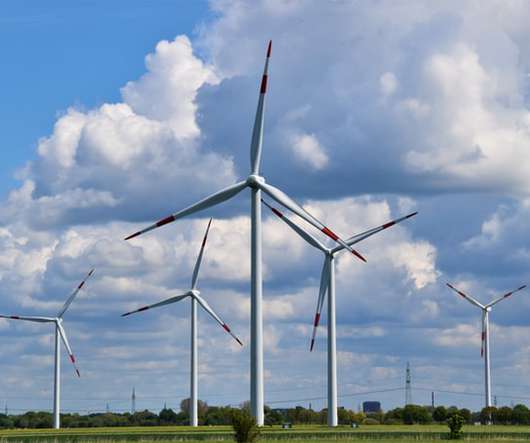


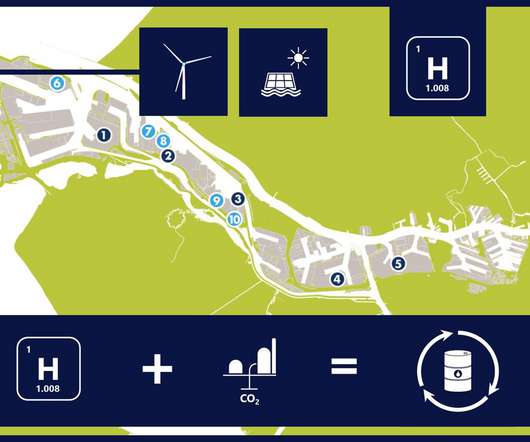
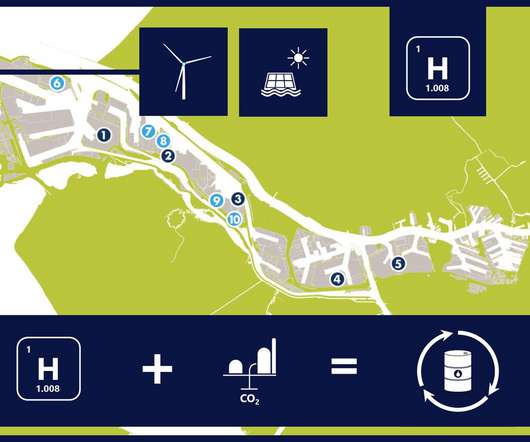
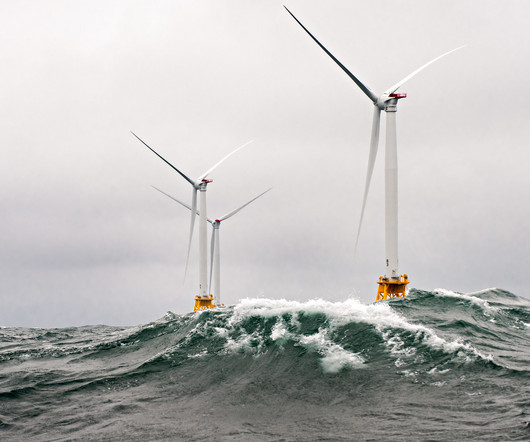
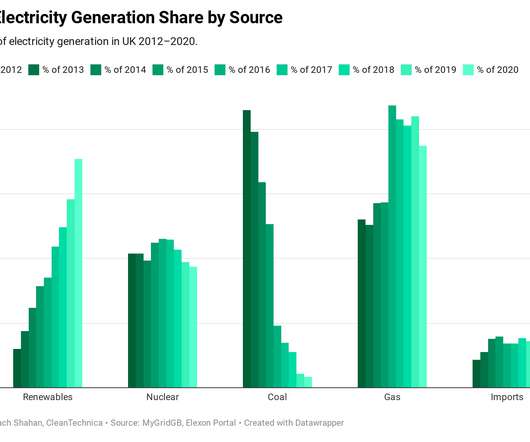








Let's personalize your content